Headstone-Eating Trees
The rogue roots are gradually consuming some of the historic marble grave markers.
Arlington National Cemetery is hallowed ground for the U.S. Armed Forces, with around 400,000 burials since 1864 representing every American war. The sprawling rows of white marble headstones and grassy lawns are shaded by more than 8,600 majestic trees. As a work of landscape architecture, the effect is inspiring.
But a few rogue trees are currently in the process of consuming some of the headstones. You can see it here and there in the older parts of the cemetery, where the marble markers are thickly embedded in the arboreal roots and stick out of the timber like stubby molars. Find A Grave puts the count at 11 afflicted markers, with most of the entombed having served in the Civil War, World War I, or World War II.
The headstone absorption is actually progressing much more rapidly than it would initially appear. The case of Corporal Chas Ippel is a prime example. Find a Grave has photos dated from 2008 that show the stone as relatively unmolested, with the inscribed text still clearly readable. However, as of September 2017, a nearby willow oak’s roots have expanded by inches and begun to absorb the grave. Now all that’s readable is “S IPPEL.” Anecdotal calculations suggest that the tree will eat another character from the inscription every year.
When the tree eventually dies, it will be interesting to see how authorities handle the embedded stone. Perhaps some future chainsaw-wielding arborist will be asked to wade into the solid timber in search of the lost marker.
Know Before You Go
Lat/Long tags the headstone of Corp Charles "Chas" Ippel, who was killed in 1863 during the Civil War. Go to Section 13 Site 8000.


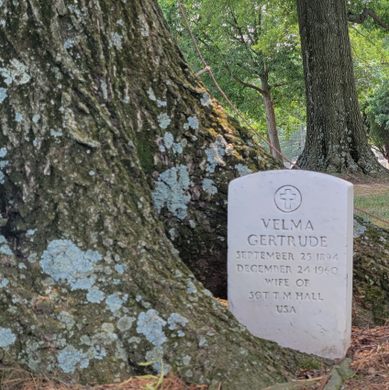










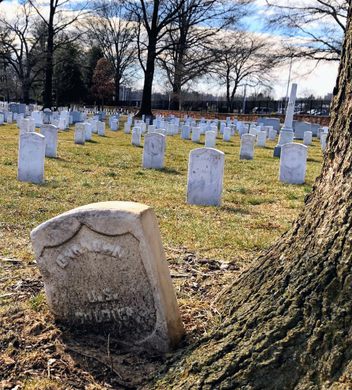
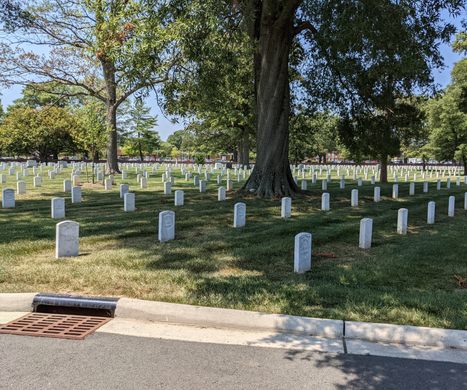






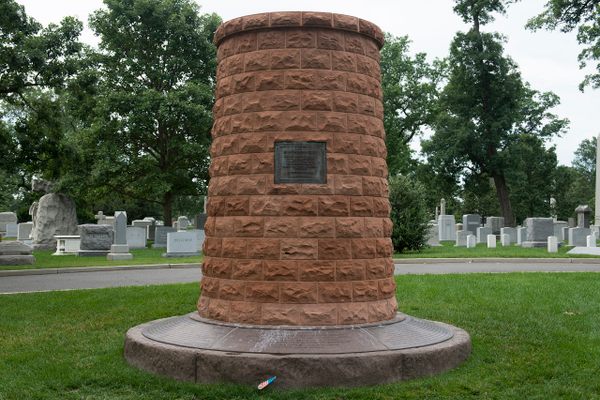
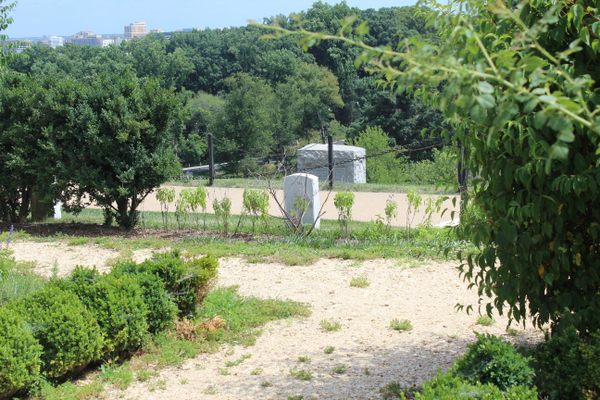




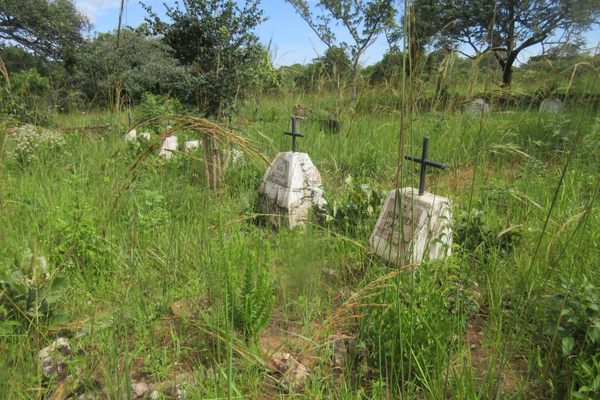

Follow us on Twitter to get the latest on the world's hidden wonders.
Like us on Facebook to get the latest on the world's hidden wonders.
Follow us on Twitter Like us on Facebook